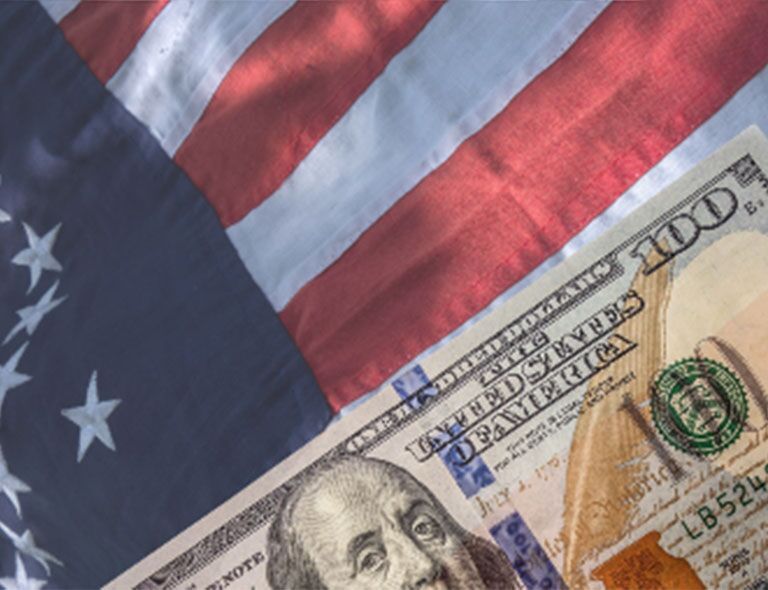I just finished a week’s visit to Vienna, where I lived from 2003-2005 while earning a LL.M (Master of Laws) in international tax law at a local university. Staying near the center, I had easy access to Vienna’s culinary delights, superb public transportation network, and the hustle and bustle of Mariahilferstrasse, the city’s shopping hub.
My visit also reminded me that Austrian customs are a bit different from those in America. One example was impossible to miss in the unusually warm November weather during my visit. When temperatures approached 70F, I walked the streets of Vienna dressed in a light jacket or even a T-shirt. But the locals—especially the women—bundled themselves in a heavy jacket with a stylish scarf thrown around their neck. Often, they added a fur cap to complement the ensemble.
Then there’s the Austrian sense of formality, a carryover from the German language itself. There is a formal language, the Sie form, used in business and formal relationships. The informal Du form is used with children, young people, and friends.
Looking at Offshore Banking? Start Here.
Sign up below to get the facts that Americans need to know before opening a foreign bank account in today’s post-FATCA world – free.
The Nestmann Group does not sell, rent or otherwise share your private details with third parties. Learn more about our privacy policy here.
By signing up for this briefing, you’ll also start to receive our popular weekly publication, Nestmann’s Notes. If you don’t want to receive that, simply email or click the unsubscribe link found in every message.
While younger Austrians don’t take this division as seriously as their elders, I experienced it firsthand when shopping for pumpkin seed rolls (Kurbiskernbroetchen) at a local market. I mistakenly slipped into the Du form when ordering from an older woman working in the deli section. With my accent, I think she realized that I was a foreigner. Even so, my language misstep earned me a glare and a rebuke in the unintelligible (at least to me) Wienerdeutsch local dialect.
The formality of German extends into other aspects of Austrian culture as well. Austrians rarely invite friends or business colleagues into their home. A home is a private space occupied by family members, and only on rare occasions, by close friends.This zone of privacy extends to other aspects of life as well. Not that long ago, Austria had the world’s most stringent financial secrecy laws. Anonymous savings (Sparbuch) and securities (Wertpapier) accounts were widely used. The War on Terror, Money Laundering, Tax Avoidance, and All Things Private ended these opportunities for anonymity, but remarkably, others remain.
It turns out that Vienna is home to not just one, but two anonymous private vaults. By anonymous, I mean just that: you can begin a relationship at one of these vaults by identifying yourself as Donald Duck, Mickey Mouse, or any other name you choose. There’s no need to show a passport or provide any identification whatsoever. You simply pay for your safe deposit box, choose a code word, and go. If you don’t want a paper trail of bills from the vault, you can pay up to five years in advance. Even a small box at one of these vaults will hold well over $1 million in gold coins. And if you’re a US citizen, you need not make an annual filing to report the existence of this relationship- or the value it represents- to the US government.
Another aspect of Austrian life that differs markedly from the US experience is an unwillingness to take financial risks. The percentage of Austrians that own stocks is much lower than in the US. So is home ownership; while Americans value home ownership, and accept its attendant risks, Austrians generally don’t. Most are content to rent, many of them occupying the same leased apartment for decades on end.
5 Reasons to Have an Offshore Bank Account
An offshore bank account is often seen as exotic and slightly mysterious. But there are actually several practical reasons to get one. Find all the information here: Why have an offshore bank account.
This financial conservatism also extends to the banking sector. You won’t find banks offering 30-year mortgages with no money down, for instance. And while it’s possible to obtain a credit card, more likely, you’ll be offered a debit card instead. The bank takes zero risk, since anything you purchase is immediately debited from your account.
Indeed, during my visit to Vienna, I spent several hours at the facility of what is probably the world’s safest bank. At least, it’s the safest bank—by a long shot—that I’ve encountered in my 30 years of international experience.
The Bank for International Settlements (BIS), the world’s “central bank for central banks,” considers a bank to be “well-capitalized” if it has a Tier 1 liquidity ratio of at least 6%. (Tier 1 capital is the book value of a bank’s stock plus retained earnings.) The “too-big-to-fail” money center banks in the US that will likely be “bailed in” during the next banking crisis have Tier 1 ratios slightly higher than the BIS minimums.
By comparison, the bank I visited has a mind-blowing Tier 1 ratio of 423% (2014 figures). In a bank run, it could refund every dollar, euro, or Swiss franc entrusted to it, with plenty of capital to spare.
The bank is one of Austria’s oldest. I actually approached it in 2007 when I was conducting research for a book I wrote on Austrian financial services. But at the time, it had no interest in dealing with Americans.
That changed this year when a friend of mine from another Austrian bank joined its staff. He promptly began laying the groundwork for the bank to begin accepting US clients. He’s now put together a package of private banking services for a minimum deposit starting at only $250,000. Yes, that’s a substantial sum, but it’s much lower than the typical minimum for private banking services.
Fortunately, you don’t need to live in Austria to gain access to these services. You just need an introduction, something I am happy to do for our Inner Circle members.
I’ve covered all the details, including the identities of both the new private storage facility and the remarkable ultra-safe private bank.
If you are a member, you’ll receive the report shortly. If not, why not join us? You can try it out here.
Mark Nestmann
Nestmann.com












